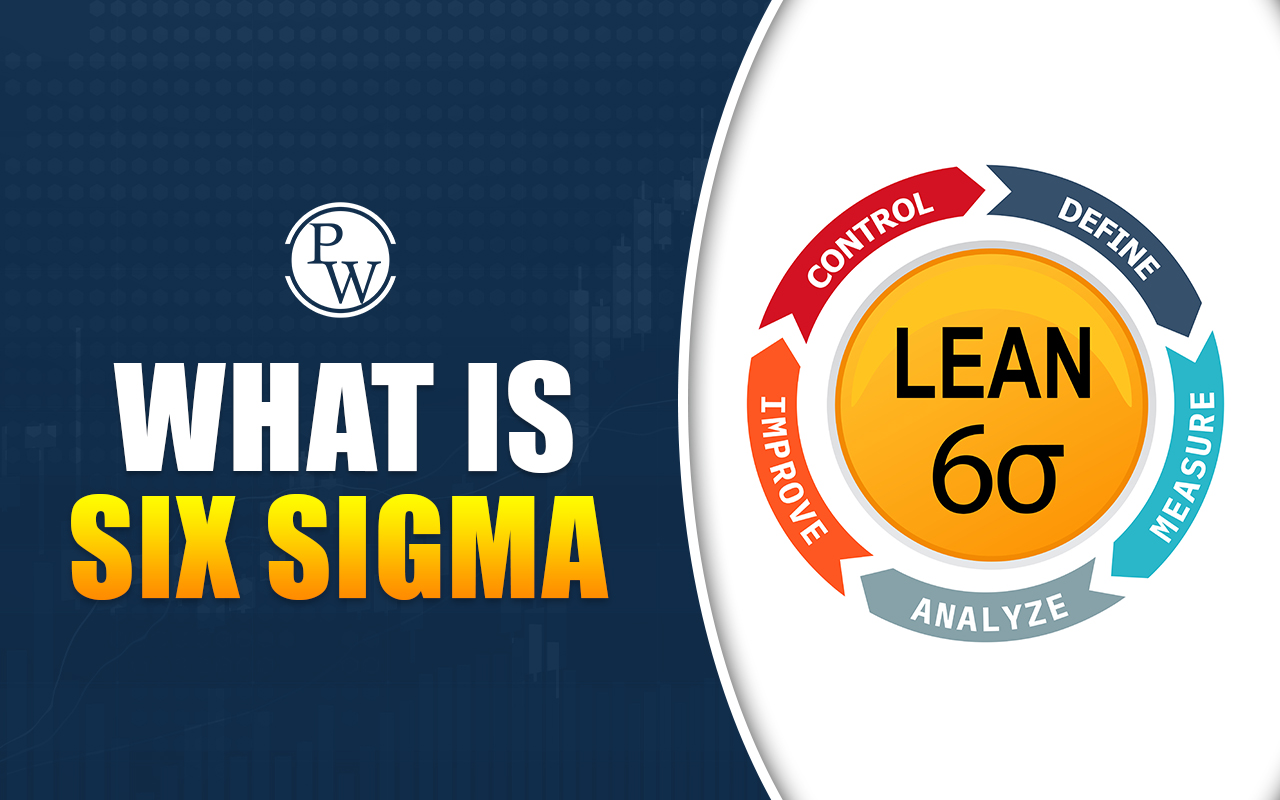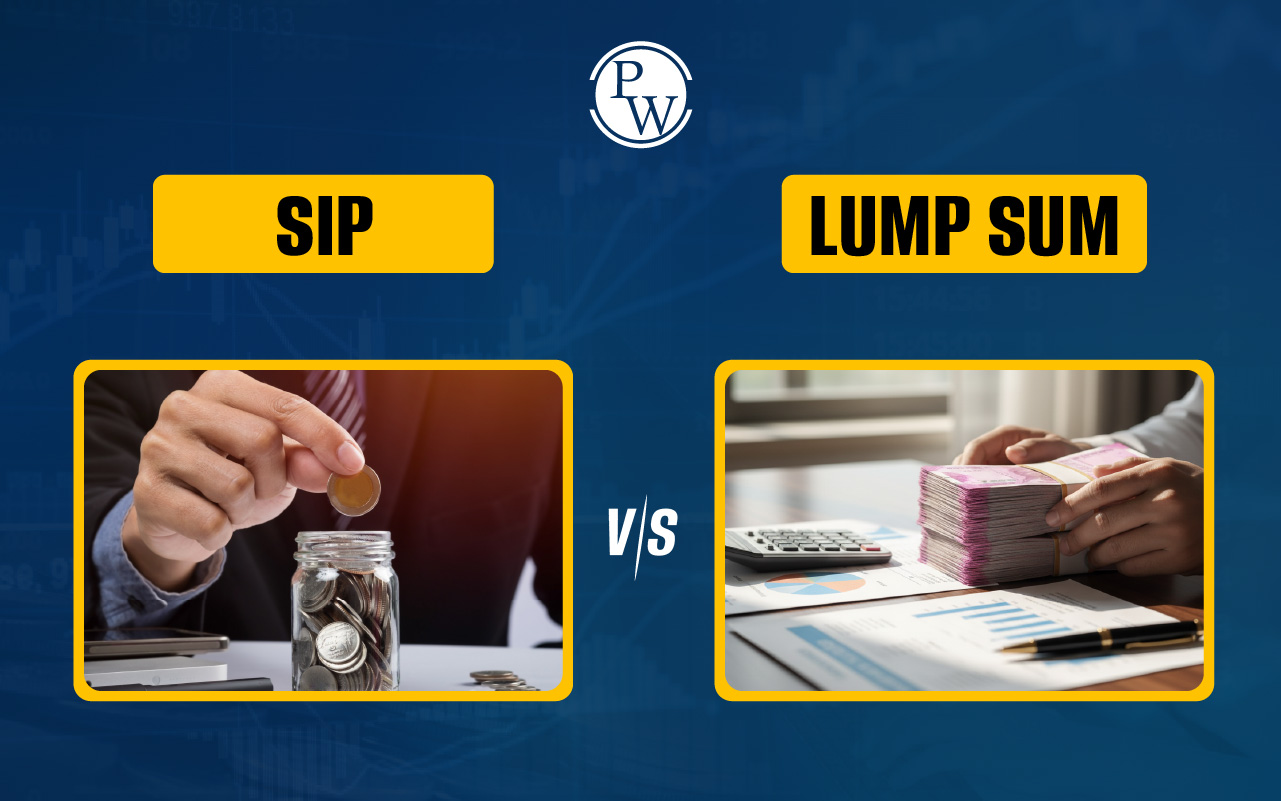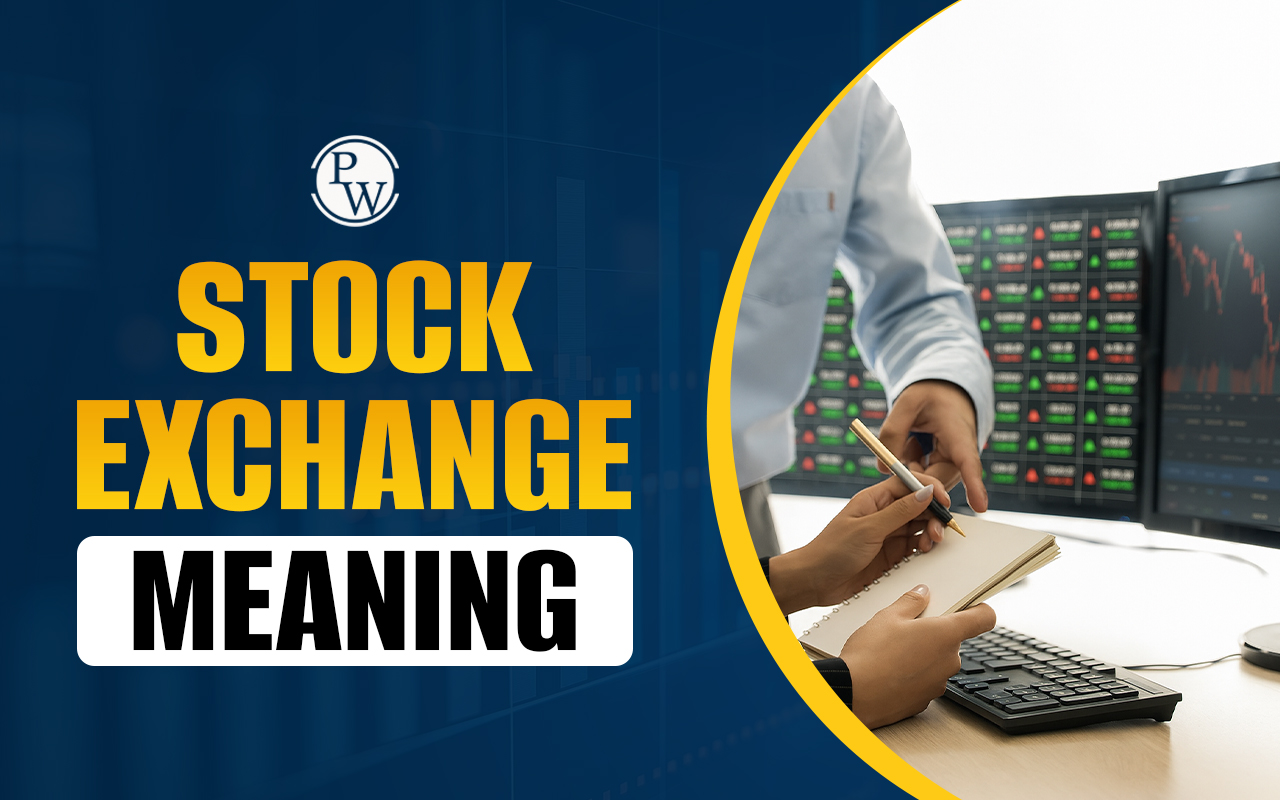
An Indirect tax is imposed on the use of goods and services. It does not apply directly to an individual's income. Rather, in addition to the price of the goods or services purchased, the seller must pay the tax. One company in the supply chain, such as a manufacturer or retailer, collects and pays the government's indirect tax.
However, the producer or retailer adds the tax to the amount that the consumer must pay when buying an item or service. In the end, the buyer pays the tax by raising the price of the goods.
Features of Indirect Taxes
Indirect taxes are an important part of our financial system. They contribute to the development of a fair and efficient method of government revenue collection. These taxes are added to the cost of products and services when you purchase them, making it simpler for the government to collect taxes without complicating things for everyone. Let's look at some of the important elements of indirect taxes and how they benefit both people and society:
Transferability
Indirect tax is transferable, which means it is passed down from one party to another until it reaches the consumer.
Tax on Consumption
These are the taxes that have no impact on consumption since they do not directly affect income but rather the price of goods and services. GST revenue in April 2024 was INR 2.10 lakh crore, a record high.
Broad Tax Base
As already mentioned, indirect taxes are charged on a wide variety of goods and services, which results in a large customer base and a strong capacity for tax collection.
Inflationary Impact
All of these taxes may increase costs, which may influence the rate of inflation.
Ease of Collection
This is why indirect taxes are simpler for the government to collect since they are incorporated into the cost of products and services.
Cascading Effect of Taxes
Most indirect taxes may have a cascading effect, in which a tax is charged on a product at each step of manufacturing. GST has been able to eliminate the cascade impact.
Regressive Nature
Indirect taxes are considered regressive since they take a higher proportion of income from low-income groups than from high-income groups, and everyone pays the same rate regardless of capacity to pay.
Read More - What Is Progressive Tax?
Indirect Tax Advantages
Taxes may seem like an additional burden for customers, but indirect taxes are not necessarily a bad thing. Here are some of their benefits:
Convenience
Indirect taxes do not burden taxpayers and are convenient since they are only paid when making a transaction. Furthermore, state governments find it easy to charge indirect taxes since they are collected immediately at stores/factories, saving a lot of time and work.
Ease of Collection
Indirect taxes are easier to collect than direct taxes. The government does not have to worry about collecting indirect taxes since they are only collected when making purchases.
Collection from the Poor
Those earning less than Rs 2.5 lakh per year are free from income tax, which means they do not pay to the government. Since indirect taxes are imposed at the point of sale, all persons, regardless of income tax slab, contribute to economic development.
Equitable Contributions
Indirect taxes have a direct connection to the cost of goods and services. This effectively implies that basic needs are taxed at lower rates while luxury products are taxed at higher rates, guaranteeing equal contributions.
Reduce Negative Consumption
The largest indirect taxes fall on things that are harmful to human health, such as alcohol, tobacco, and related products. Thus, they are more costly, which helps to limit spending and the use of such dangerous items.
Read More - All You Need to Know About Tax Credits in India
Indirect Tax Overview
The Indian government imposes a large number of indirect taxes. Taxes are charged on the production, sale, importation, and even purchasing of products and services. These laws are not well-defined Acts of the government rather, relevant government authorities issue instructions, notifications, and notices to this effect. As a result, understanding each element of indirect taxes in India may be time-consuming.
The implementation of the uniform Goods and Services Tax (GST) is expected to simplify indirect taxes. The following ideas will help you understand the different forms of indirect taxes and where they apply from a consumer's standpoint.
Indirect Tax Concept
In India, indirect taxes might have a significant impact on sales income and the cost of products and services. Direct taxes are charged against income, while indirect taxes are included in the cost of goods and services. Other indirect taxes, like GST, make a major contribution to government revenues. In FY23, total indirect taxes increased to INR 13.94 lakh crore, up 7.73% from INR 12.94 lakh crore in FY22. In addition to collecting government income, indirect taxes, such as tariffs and import taxes, are used to limit the amount of imports and exports moving into and out of this country.
Types of Indirect Taxation in India
In India, indirect taxes encompass a wide range of tax types, including:
Goods and Services Tax (GST)
A tax paid on the production and consumption of services, goods, and certain devices and offers.
Excise Duty
A tax imposed on manufacturing goods inside a country.
Customs Duty
Customs duty is levied on items brought into the country.
Value Added Tax (VAT)
VAT is a governmental tax on the sale of goods.
Service Tax
Service tax applies to products delivered.
Central Sales Tax (CST)
A goods tax imposed by the central government but collected by the state government.
Build Your Career with a Certificate Program in Accounting, Taxation, and Finance
The objective of the PW Certificate Program in Finance, Tax, and Accounting is to provide you the skills, information, and practical experience you need to succeed in the field of accounting. This four-month hybrid program, taught on weekdays in recorded and live lectures, contains practical case studies guided by PwC India.
FAQ
How are indirect taxes different from direct taxes?
How are indirect taxes collected?
Why are indirect taxes considered regressive?
What is the impact of indirect taxes on prices?










